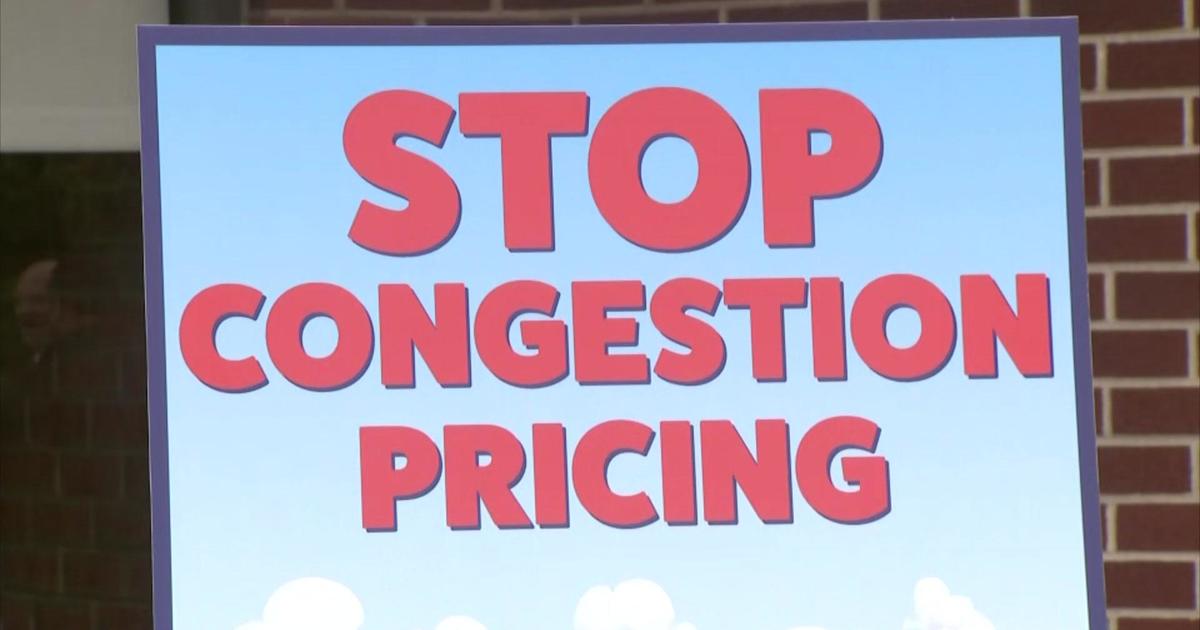NYC looks to limit climate change's impact with flood resiliency projects. Here's where they stand.
NEW YORK - How well is New York City prepared for the complexities of climate change, like flooding? Since Superstorm Sandy hit in 2012, New York has been increasing its flood resiliency plans.
"The reality is we're never going to be fully prepared for a storm like Sandy," New York Department of Environmental Protection Commissioner Rohit Aggarwala said.
New York City's flood resiliency efforts
New York City is known as a concrete jungle due to its high rises, lack of trees, congestion, and toughness. It's also a coastal city.
A $1.5 billion East Side Coastal Resiliency Project at Stuyvesant Cove Park is the largest single coastal flood resiliency undertaking in New York City, Aggarwala said.
"This will keep up to 13 feet of tidal surge in the East River and protect the East Side," Aggarwala said.
Further south in Manhattan, green infrastructure at the new Battery Park Resilience Project isn't just about flood barriers and stormwater drainage. The open green space attracts visitors from all over. On rainy days, the turf on a number of school playgrounds - that students actually help design - aren't just there for good looks. Like the other projects, they avert water that would otherwise overwhelm the city sewer system and treatment plants.
"We've estimated that we've been able to capture about 40 million gallons of stormwater each year from our playgrounds," Mary Alice Lee of the Trust for Public Land said. "That's a large chunk of water that's not going into the city's sewer system."
Flooding's impact on vulnerable populations
Minimizing flooding and the spread of toxins in New York hasn't been perfected. And depending on where one lives, Columbia Climate and Business School professor Bruce Usher says vulnerable populations are disproportionately impacted.
"If you live in a community affected by flooding, it's obviously going to affect your quality of life," Usher said. "Nobody wants to live in a place where it's extremely hot, but now perhaps employment drops and outdoor activities, incomes go down, people have to move, but the value of their home is perhaps less valuable, because who wants to live in the middle of New York City in the middle of summer when it's five to 10 degrees warmer."
Balancing housing, economic needs, protecting the population, and securing landscape is an all-encompassing effort.
"Addressing climate change is a path to economic security. In the long run, a lot of our problems are generated by the climate crisis and our inability to manage our resources in a way that takes care of everybody," Thad Pawlowski of the Center for Resilient Cities & Landscapes said.




